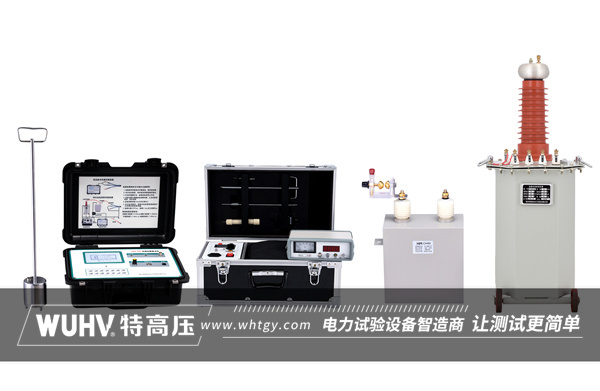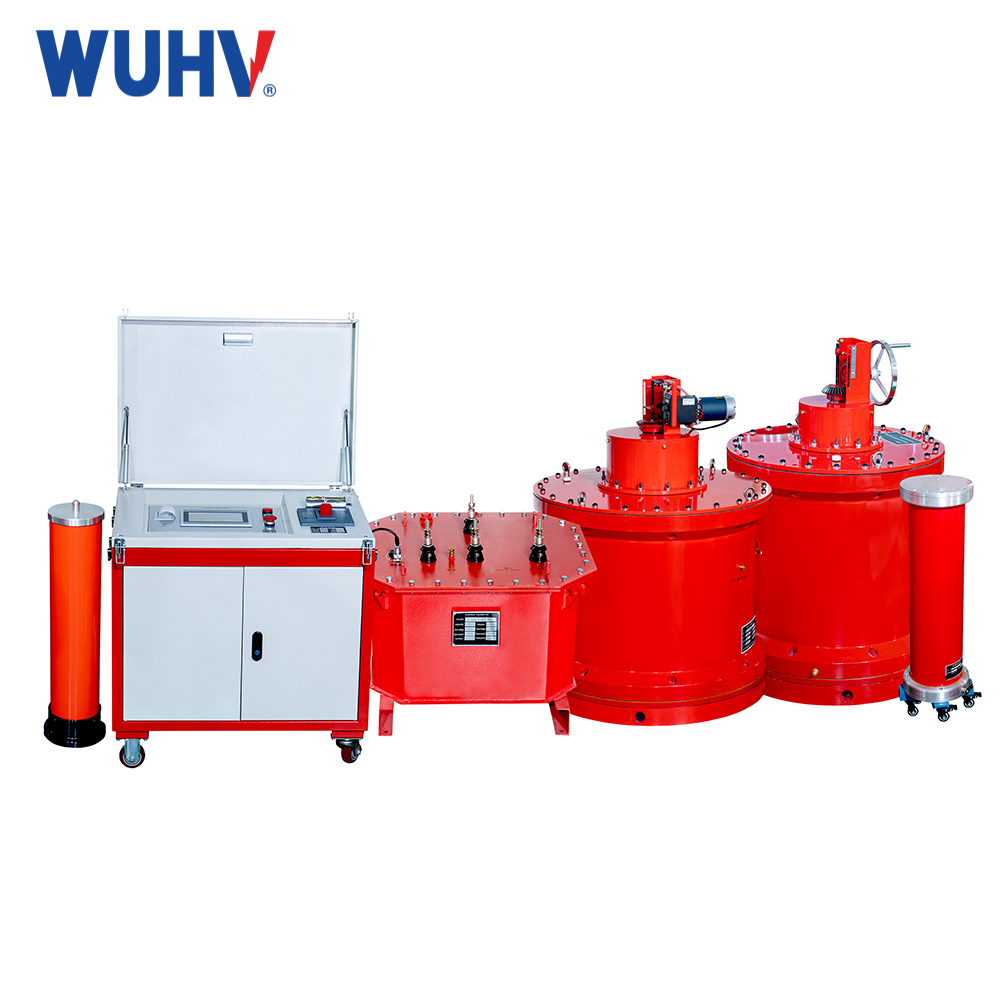The cable fault tester under Wuhan UHV can help many power workers conduct various power tests more conveniently

Preventing cable failures is a crucial step in ensuring the stable operation of the power system. Here are some specific methods and measures to prevent cable failures, expressed and summarized in clear points:
1. Cable selection and material control
Choose high-quality cables: Ensure that cable materials comply with national standards and industry specifications, and avoid using inferior cables.
Strictly inspect cable quality: Conduct strict factory inspection and arrival acceptance of cables to ensure that cable quality meets design requirements.
2. Cable design and construction
Optimize cable design: Based on the usage environment and load characteristics of the cable, design the cable's cross-sectional area, insulation material, and structure reasonably.
Standardized construction and installation: Follow the cable construction and installation specifications to avoid cable damage during the installation process.
Reasonably arrange cable paths: avoid the influence of external mechanical damage and chemical corrosion on cables, select appropriate cable channels and protective measures.
3. Daily operation and maintenance
Strengthen cable inspection: Develop and implement a cable inspection system to promptly detect and handle abnormal situations in cable lines.
Prevent external damage: Take necessary protective measures for cable lines, such as setting warning signs, installing protective facilities, etc., to avoid external damage to cables.
Cable load management: Reasonably control the load of cables, avoid long-term overload operation, reduce cable temperature rise and insulation aging.
4. Preventive testing of cables
Regular preventive testing: By conducting insulation resistance tests, withstand voltage tests, and other methods, the insulation performance of cables is regularly inspected to promptly detect potential insulation defects.
Recording and analysis: Record and analyze the results of preventive tests to understand the trend of insulation performance changes in cables, and provide a basis for cable operation and maintenance.
5. Technical training and emergency response
Strengthen technical training: Improve the professional skills and safety awareness of cable construction and operation personnel to ensure the correct installation and maintenance of cables.
Establish an emergency response mechanism: Develop an emergency plan for cable faults to ensure rapid response and handling in the event of cable faults.
6. Environmental protection and corrosion protection
Protect cables from environmental impacts: Avoid exposing cables to harsh environments such as humidity, high temperatures, corrosive gases, etc.
Take anti-corrosion measures: carry out anti-corrosion treatment on cables, such as coating with anti-corrosion coatings, installing anti-corrosion sleeves, etc., to reduce the damage of corrosion to cables.
By implementing the above measures, the incidence of cable failures can be greatly reduced, ensuring the stable operation of the power system.



















